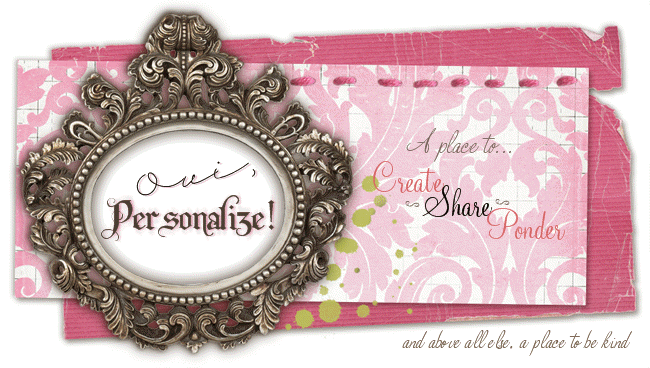A few years ago, I was taught by a very wise woman how to make homemade soaps, lotions and body products. Since learning these techniques, I rarely buy store bought lotion or soap. You can "personalize" the scent of any bar of soap or lotion by buying from a distributor the "fragrance oil" that you love. In Nashville, we have a place called Hunnee B's that sells some of the highest quality oils I've found. If you don't live near Nashville, you can order online.
CAUTION: This lotion is very, very oily. It makes your skin feel marvelous, but if you want it to have a less greasy feel, increase your Emulsifying Wax by 3-4% or add a teaspoon of cornstarch to your water mixture. Also, leave out the glycerin.
Let's get started!!!
You make Lotion in 3 phases: 1. Water phase; 2. Oil phase; 3. fragrance/preservative phase. Below is the recipe I used to make the lotion pictured above.
Whipped Lotion Recipe:
WATER PHASE
620 grams Distilled Water
40 grams liquid Glycerin (drug store)
OIL PHASE
100 grams Shea Butter (Hobby Lobby, ebay, online)
100 grams Cocoa Butter (Hobby Lobby, ebay, online)
160 grams Coconut Oil (Walmart, baking section)
20 grams Stearic Acid (Hobby Lobby, ebay, online)
60 grams Emulsifying Wax (Hobby Lobby, ebay, online)
FRAGRANCE PHASE
7 grams Phenonip
16 grams favorite fragrance oil (or more...depends on how strong you like it)
You will also need:
Kitchen Scale that can measure in ounces and grams
Metal pan for heating oil
Plastic container for heating water
Jars for lotion
Alcohol
1. The first thing you do is get a spray bottle of alcohol and wipe down all the containers and work surfaces you will use in this process. It seems that lotion that is heated in the making can contaminate very easily, and you want to keep a sterile workplace. Sterilize your jars and tops, too. I was told to use gloves, but I just spray my hands with alcohol and go.
2. Measure your ingredients! Make sure your scale is set to grams!!! ALSO, make sure you set your plate/bowl on top of the scale before you turn on your scale. If you don't you will be subtracting the weight of the bowl/plate and that's not good!
After you've measured ALL ingredients for all THREE phases, set them aside.
(1) Begin by heating the water/glycerin in microwave until barely warm. Set aside. (Sorry, forgot picture of water phase!)
(2) Melt the oils in a sturdy pot at very low heat. You want the oils to be completely melted, but that is all. Many people measure the temperature, but I have found that if you remove the oil from the heat source once the last piece of oil/butter is melted, you're good.
(3) After the last piece of "Oil Phase" material is melted, remove the pot from the burner. Let set a few moments and add the WATER PHASE to the OIL PHASE.
 | ||||
| Water added to the melted oil/butter |
(4) Take out your hand mixer with the beater bars sprayed with alcohol and go to town!
(5) Whip the mixture for 3-5 minute intervals. Stop and give your mixer and the lotion, 5 minute "rest periods".
(6) If you want to speed up the thickening process, you can put your pot of almost lotion in an "ice bath".
(7) Add "Phase 3"-- fragrance and preservative. Ummm...smells like heaven!
(8) Pour or scoop into jars of your choice.
NOTE: As stated earlier, this recipe came out VERY greasy. This tutorial is basically to show you how to make lotion. This lotion is great as a foot lotion, OR for those you don't mind that "greasy" feel to their moisturizer. It is also a GREAT night time face moisturizer...if you leave out the fragrance oil.






































